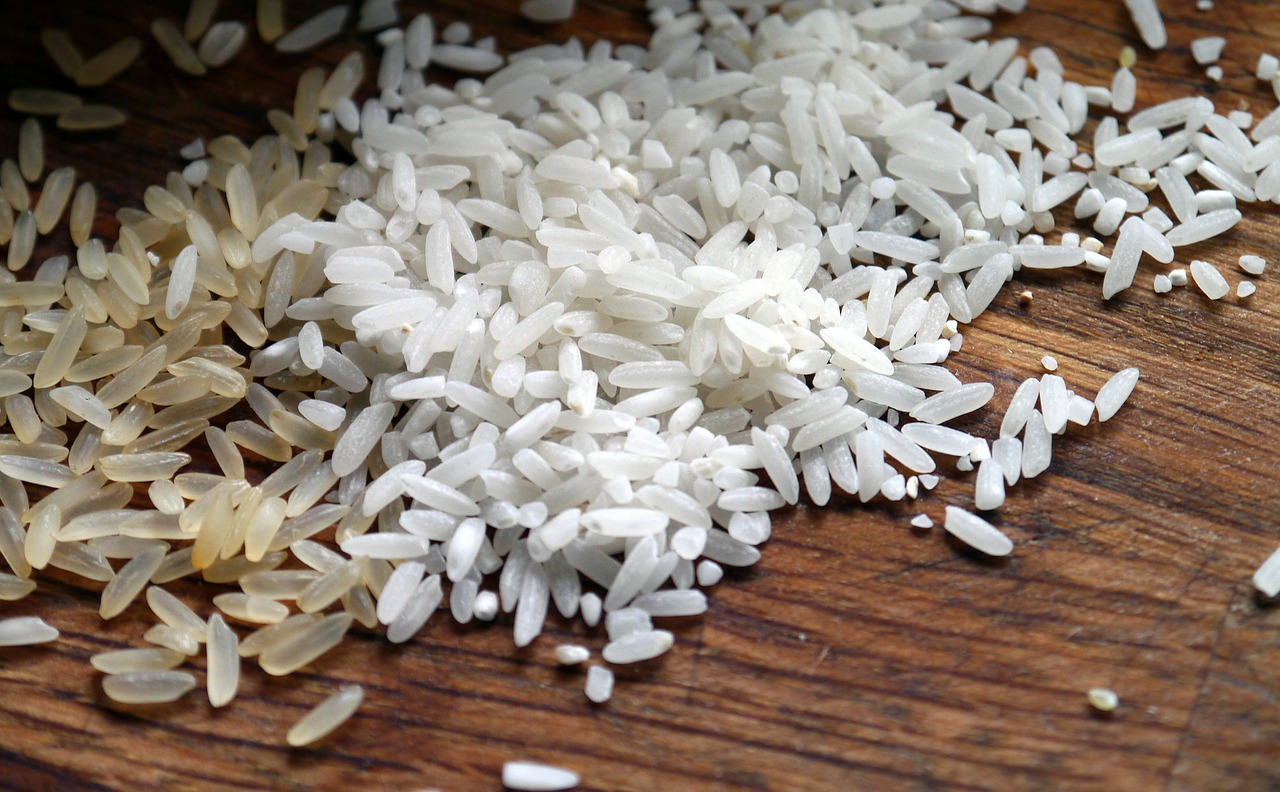News
Tariff on imported rice to rake in P20-B yearly

Piñol said the duties collected from importing the food staple under the proposed tariffication bill shall be channeled to the rice competitiveness enhancement fund (RCEF), which is meant to increase farmers’ productivity by providing necessary support services. (Pixabay photo)
MANILA — The proposed tariff system may bring in at least PHP20 billion every year to the agricultural sector, Department of Agriculture (DA) Secretary Emmanuel Piñol told lawmakers on Thursday.
During the budget deliberations of the House appropriations committee on the DA’s proposed PHP49.8-billion budget for 2019, Piñol said the duties collected from importing the food staple under the proposed tariffication bill shall be channeled to the rice competitiveness enhancement fund (RCEF), which is meant to increase farmers’ productivity by providing necessary support services.
“We just urge Congress to make sure that the tariffs collected from the imported rice should go to RCEF, because as I’ve said earlier kung mabibigyan po tayo ng enough funds for the rice industry at mabigyan natin ng magandang binhi ang ating mga magasasaka, magi-improve yung ating ani (if the rice industry would be given enough funds, and we provide good seeds to our farmers, then they could improve their crop yields),” Piñol said.
“We will be able to provide free seeds, free fertilizer and subsidize machine and equipment needed by our farmers,” he added.
He said the rice tariffication bill, which President Rodrigo R. Duterte certified urgent, could also help bring down the price of rice by as much as PHP7 per kilo.
“Kaya nga sabi ko yung PHP7 na reduction sa presyo achievable yun (The PHP7 reduction in the [price of rice] is achievable) but it’s not going to happen tomorrow. It is going to be the result of providing the needed interventions of the rice industry to increase productivity so that the production cost would go down,” he added.
The DA chief said if only all the proceeds of the tariff system would be turned over to the RCEF, the rice industry “will surely be boosted.
”
Albay Rep. Edcel Lagman said the bill should be amended by ensuring that all proceeds from the said fund shall be released automatically by the Department of Budget and Management on a periodic basis.
The bill seeks to put in place safety nets for Filipino rice producers and rice consumers by imposing tariffs in lieu of quantitative restrictions on rice imports.
The RCEF shall be allocated and disbursed as follows: 20 percent of the fund will be set aside for a rice endowment fund; 20 percent as credit subsidy or grants for purposes of increasing rice farms modernization, mechanization, and production efficiency; 20 percent for rice crop finance; 20 percent for postharvest facilities, logistics, storage, transportation facilities, and infrastructure projects; 10 percent for rice scholarships and vocational education; and 10 percent for research and development.
Under the bill, the country’s minimum access volume (MAV) for rice will revert to its 2012 level of 350,000 metric tons (MT) as indicated in the Philippines’ commitment to the World Trade Organization (WTO), from the current 805,000 MT.
The bill proposes to set the bound tariff rate at 35 percent for imported rice originating from member-states of the Association of Southeast Asian Nations (ASEAN) region, aligned with the ASEAN Trade in Goods Agreement (ATIGA), regardless of volume.
It also proposes to impose a most-favored nation (MFN) tariff rate of 40 percent for in-quota rice imports from non-ASEAN WTO member countries, while a 180 percent MFN tariff rate shall be imposed for volumes imported outside the MAV.
DA’s cash-based budget for next year went down by 1.8 percent compared to last year’s cash-based equivalent of PHP50.7 billion.





















